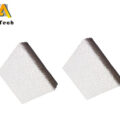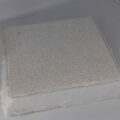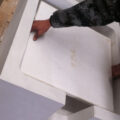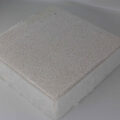The ceramic filter factory produces foam ceramic filters for filtering solid impurities contained in molten aluminum. By passing the solid-laden aluminum liquid through a porous filter medium that does not pass the solids, the entrained solids are removed from the liquid.
In order to manufacture aluminum products with acceptable characteristics, such as beverage cans and aircraft fuselage parts, aluminum must be substantially free of inclusions and defects. When aluminum melts at the beginning of the casting process, it becomes full of oxides, borides, salts, and other impurities, which may eventually show up as harmful inclusions in the final product. It is desirable to remove these inclusions before curing the aluminum. This is usually done by passing molten aluminum through a ceramic foam filter.
The ceramic filter for foundry has good high-temperature performance, the aluminum metal liquid will not pollute the alloy, the through-hole rate is high, and it has good filtering and adsorption capabilities. The capacity of oxide inclusions and flux inclusions in the metal solution is obtained. It has good filtering and purification effects, and has excellent strength, thermal shock stability and chemical resistance at high temperatures.
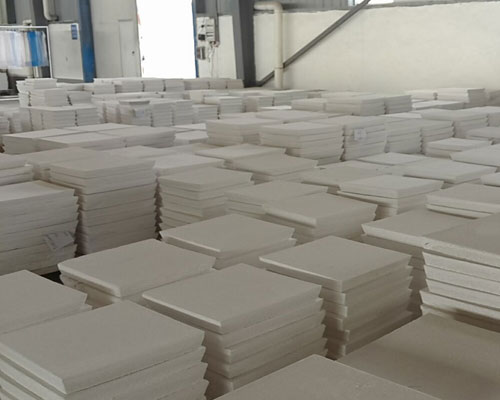
Nordic Aluminum says that aluminum porous ceramic filters play an important role in improving the mechanical properties of castings.
At present, the filtering device used to purify molten metal is mainly a ceramic filter, which can effectively intercept harmful impurities in the molten metal and convert the molten metal from turbulent flow to laminar flow, completely remove large impurities in the molten metal, and remove small The inclusions can improve the organization structure, effectively reduce the gas and harmful elements in the metal liquid, and purify and homogenize the metal liquid.
The ceramic foam filter factory usually uses the following manufacturing method:
The ceramic filter factory immerses the foam material so that it covers the mesh and basically fills the voids therein. The impregnated material is then compressed to discharge about 80% of the slurry, and the balance is evenly distributed throughout the foam material, preferably, so that some pores are blocked in a uniformly distributed manner to increase the degree of tortuosity. The compression is released so that the web remains covered by the slurry and the material is dried. The dried material is then heated to first burn out the flexible organic foam, and then the ceramic coating is sintered to provide a molten ceramic foam having a plurality of interconnected voids surrounded by a bonded or molten ceramic mesh made of flexible foam.




